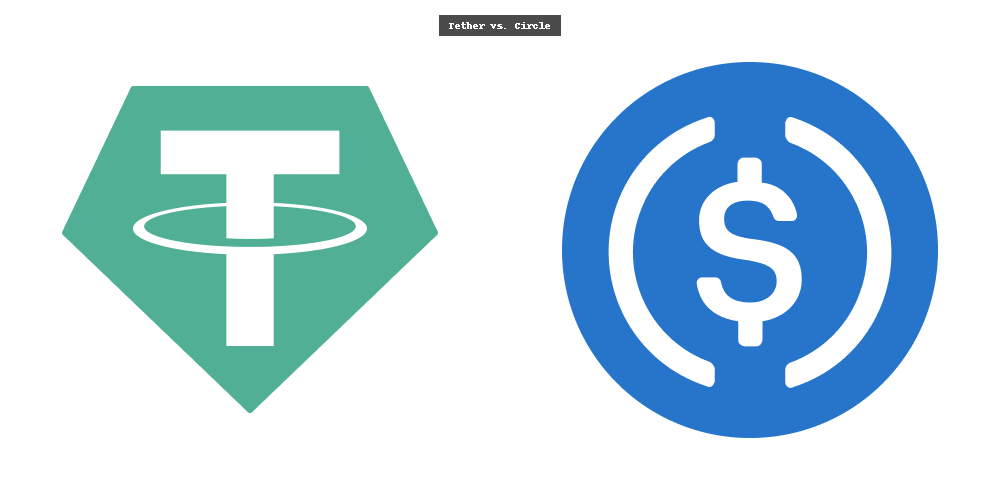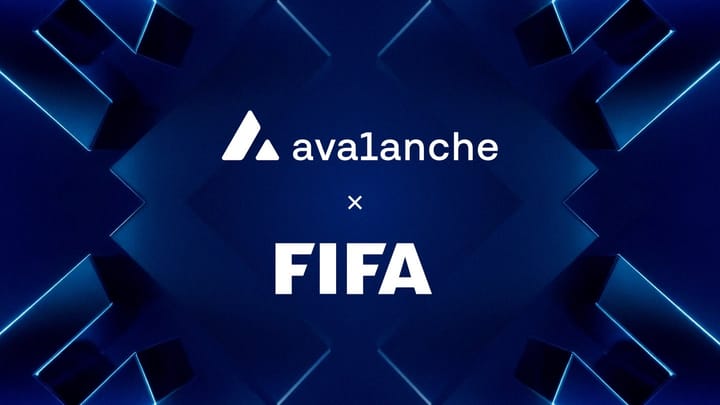Why Early Movers Are Rushing Into Mitosis

Introduction: The Race for What’s Next in DeFi
Every now and then, a project shows up in the crypto space that feels different. It isn’t just another farm, another bridge, or another fork of something we’ve already seen. It’s something that genuinely reshapes how people think about DeFi. Right now, that project is Mitosis.
If you’ve been watching closely, you’ll notice a trend: the early movers, those who usually spot game-changing technologies before the rest of the crowd are already making their way into Mitosis. And they’re not doing it quietly. Builders, liquidity providers, and even retail investors are starting to position themselves, hoping to secure a front-row seat to what many believe is the future of cross-chain liquidity.
But why is this happening? Why is Mitosis drawing so much attention, and why are the early adopters moving fast? In this article, we’ll break it all down. We’ll explore Mitosis from the ground up, explain what makes it unique, and uncover the five big reasons why smart players don’t want to wait until it’s too late.
By the end, you’ll see why Mitosis isn’t just another DeFi protocol, it’s a liquidity engine that could define the next cycle.
The Backdrop: A DeFi World in Need of Fixing
Before we dive into Mitosis, let’s step back and look at the broader picture.
DeFi has come a long way since 2020. We’ve seen explosive growth in lending platforms, decentralized exchanges (DEXs), yield farms, and liquid staking protocols. Billions of dollars have flowed in. But alongside the growth, we’ve also seen the cracks:
- Liquidity is fragmented. Assets are scattered across chains and wrapped into endless versions of the same token.
- Bridges are risky. Time and time again, we’ve seen hacks drain hundreds of millions of dollars.
- Yields are unstable. One day they’re high, the next they vanish. Users can’t plan long-term.
- Complexity keeps users out. For regular people, managing liquidity across chains feels like rocket science.
These problems aren’t small. They’ve kept DeFi from reaching the level of adoption it deserves. And until now, there hasn’t been a real solution that ties it all together.
This is where Mitosis steps in.
What Is Mitosis?
Mitosis is building something that sounds simple but has huge implications: a cross-chain liquidity engine.
Instead of relying on risky bridges or creating yet another wrapped version of tokens, Mitosis introduces Matrix Vaults programmable pools of liquidity that work across multiple chains at once. These vaults make it possible to move and use liquidity wherever it’s needed, without the usual risks or complications.
In other words:
- For users, it means accessing liquidity without worrying about which chain you’re on.
- For developers, it means building apps that can tap into borderless liquidity pools.
- For liquidity providers, it means putting your assets to work in a system that maximizes their reach.
That’s why Mitosis feels less like “another DeFi protocol” and more like a new foundation for how DeFi can operate.
Why Early Movers Are Paying Attention
Now let’s get to the big question: why are early adopters rushing in? What do they see that others might miss?
Here are the five core reasons:
1. Cross-Chain Liquidity Without Bridges
Bridges have been the weak point of DeFi for years. They’re slow, expensive, and often the target of billion-dollar hacks. Mitosis changes the game by removing the need for bridges altogether.
Matrix Vaults let liquidity exist across multiple chains natively. Imagine depositing USDC into a vault, and then that liquidity is instantly usable on Ethereum, Avalanche, Arbitrum, or any other supported chain without wrapping, bridging, or waiting.
Early movers see this as revolutionary. It solves one of the most painful problems in DeFi. And whenever you see a project solving a core pain point, you can bet attention will follow.
2. Programmable Yield
Yield farming has always been unpredictable. Mitosis introduces a new concept: programmable yield. Instead of blindly chasing temporary rewards, developers can design yield strategies within vaults.
For example:
- A vault could automatically balance liquidity between chains to capture the best fees.
- Another vault could integrate with lending markets or liquid staking protocols.
This means yields become more stable, predictable, and customizable. For early movers, that’s gold. It opens up endless possibilities for building structured products, yield apps, and more.
3. Developer-Friendly Infrastructure
DeFi builders are constantly juggling complexity. Deploying on multiple chains, managing liquidity, and dealing with integrations can be a nightmare.
Mitosis makes life easier for them. With its SDKs and APIs, developers can build cross-chain applications without reinventing the wheel. They can plug into liquidity that’s already there, instead of trying to bootstrap their own.
For builders, this is huge. It means faster development, smoother launches, and more focus on creating value rather than wrestling with infrastructure. No wonder the early dev community is flocking to Mitosis.
4. A Network Effect in the Making
Liquidity attracts liquidity. The more users and projects join Mitosis, the stronger the ecosystem becomes. Early movers know this.
By getting in now, they position themselves ahead of the curve. They’re the ones who get to build the first apps, launch the first vaults, and attract the first wave of liquidity providers. And once the network effect kicks in, latecomers will find themselves fighting for a smaller share of the pie.
It’s the same story we’ve seen with Uniswap, Aave, and Curve in their early days. Those who recognized the potential early are the ones who benefited most.
5. Timing the DeFi Revival
Markets move in cycles. Right now, DeFi is gearing up for its next big wave. Narratives like cross-chain, real-world assets (RWA), and programmable yield are gaining traction.
Mitosis sits right at the intersection of all these trends. Early movers know that when the cycle heats up, attention and liquidity will pour into projects that fit the new narrative. By positioning themselves now, they’re not just betting on Mitosis, they’re betting on being aligned with where DeFi is headed.
The Human Side: Why This Feels Like Magic
All of this might sound technical, but for the everyday user, the magic of Mitosis is simple:
- You no longer have to worry about which chain your assets are on.
- You don’t have to stress about moving tokens through risky bridges.
- You get access to stable, programmable yield strategies.
- And if you’re a builder, you get to launch apps faster, with fewer headaches.
It’s the difference between struggling with clunky tools and finally getting something that “just works.” That’s why people who experience Mitosis for the first time often say it feels like magic.
The Risk and the Reward
Of course, no opportunity comes without risk. Mitosis is still new. Its technology, while promising, is still being battle-tested. There’s always the possibility of bugs, exploits, or adoption challenges.
But that’s exactly why early movers are drawn in. They know the biggest rewards come from entering before everyone else. They understand that innovation always carries risk, but also that waiting too long often means missing the upside.
A Glimpse Into the Future
If Mitosis succeeds, here’s what the future could look like:
- Borderless liquidity: No more fragmented pools, liquidity just flows where it’s needed.
- Next-gen DeFi apps: Builders launch products that tap into multi-chain liquidity by default.
- Safer systems: Users stop worrying about bridge hacks draining billions.
- Smarter yields: Yield farming evolves from chasing APYs to designing long-term, programmable strategies.
That’s a vision worth betting on.
Conclusion: Why the Rush Makes Sense
So why are early movers rushing into Mitosis? The answer is simple: they see the writing on the wall. They see a project solving some of the biggest problems in DeFi, liquidity fragmentation, bridge risk, unstable yields, and developer complexity.
They know that Mitosis isn’t just another protocol; it’s a foundation for the next wave of DeFi growth. And they understand that the biggest opportunities aren’t for those who wait until everyone else sees it, they’re for those who act early.
Mitosis is still young, but the momentum is real. Builders are joining, liquidity is forming, and the excitement is spreading. If history is any guide, the rush of early movers makes perfect sense.
Because in crypto, the future always belongs to those who see it first.



Comments ()